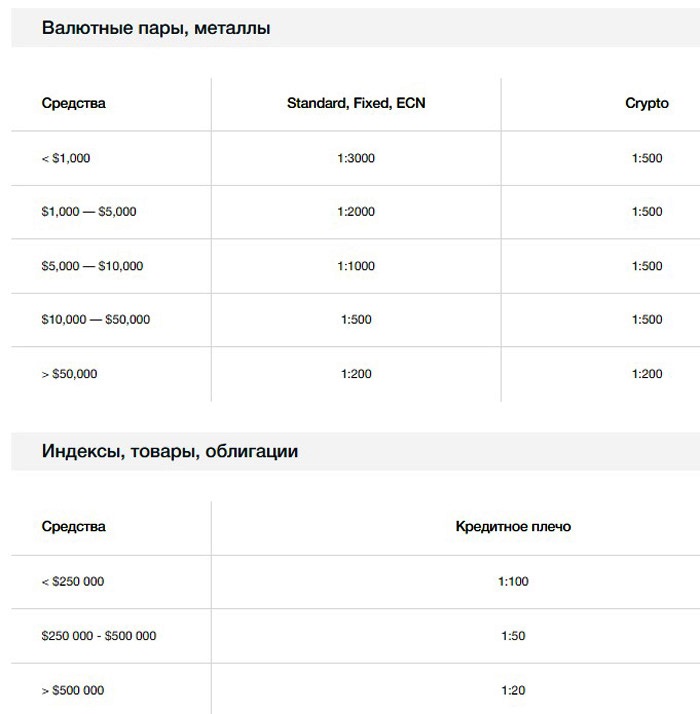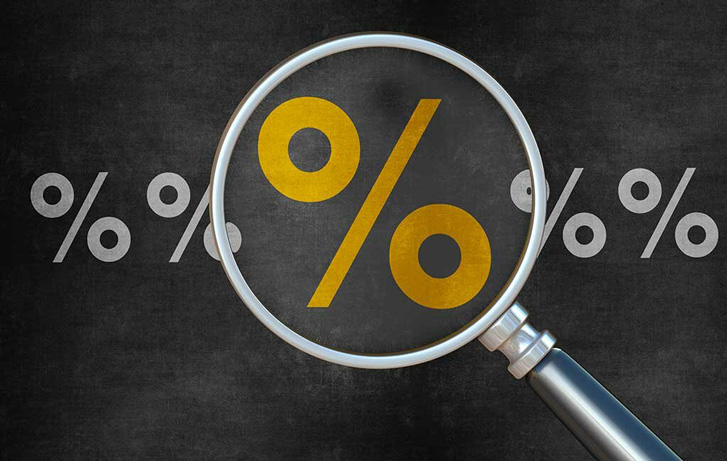Features of stock trading using leverage
The main advantage of modern stock trading is the ability to use leverage.

Thanks to margin trading, you can increase the transaction volume by tens, hundreds and even thousands of times, while simultaneously increasing the amount of possible profit.
Today there are practically no traders left who refuse such an opportunity as leverage, but at the same time, not everyone takes into account the peculiarities of trading using this instrument.
It seems to beginners that if you open an account with a leverage of 1:1000, then you can trade using the unlimited features of margin trading .
Leverage size depending on the asset
Leverage on an account and available leverage on an asset are completely different things; as a rule, the broker indicates the maximum available leverage in trading conditions.
At the same time, the size differs significantly depending on the asset; if for ordinary currencies the leverage can actually be 1:3000 , then for cryptocurrencies, securities, and futures the maximum leverage rarely exceeds 1:20.
If you try to open a trade with a larger volume, you will receive a refusal and a message about insufficient funds.

It should also be noted that for some brokers the amount of leverage depends on the size of one’s own deposit; the larger the trader’s deposit, the less leverage is provided to him. For example, with a deposit of $1,000, you can use a leverage of 1:3000, but with a deposit of $100,000, you have access to only 1:100.
Commissions increase with leverage
Thanks to the use of leverage, not only the transaction volume and probable profit increase, but also all types of commissions charged by the broker .
For example, when you open a deal of $1,000 using only your own funds, the spread is $0.1. At the same time, when using a leverage of 1:100, you already need to pay 10 dollars from the same deposit amount.

This rule also applies to the size of all other commissions that the broker takes for opening or maintaining positions. Therefore, for some assets it is not profitable to use high leverage.
Another unpleasant feature is opening short transactions on shares; in this case, when dividends are calculated, their amount is debited from your account. That is, if you opened a short trade on shares with a leverage of 1:10, and dividends were accrued in the amount of 3% per annum, you can lose 30% of your deposit.
The higher the leverage, the shorter the deal
If you open positions with a leverage of more than 1:500, then you will have to forget about long-term transactions, since your orders will be closed at the slightest trend correction .

That is, when trading on margin, the rule is that the greater the leverage, the shorter the duration of the transaction.
This is due to the peculiarity of price movement, which never moves in a straight line, since a movement in the direction of the trend is always followed by a rollback in the opposite direction.
For this reason, leverage greater than 1:100 is used for intraday trading, and for long-term transactions lasting more than a month, it is advisable to use a leverage of no more than 1:3.
All of the above should not scare you when using leverage, you just need to take these nuances into account when planning your trading on the stock exchange.
